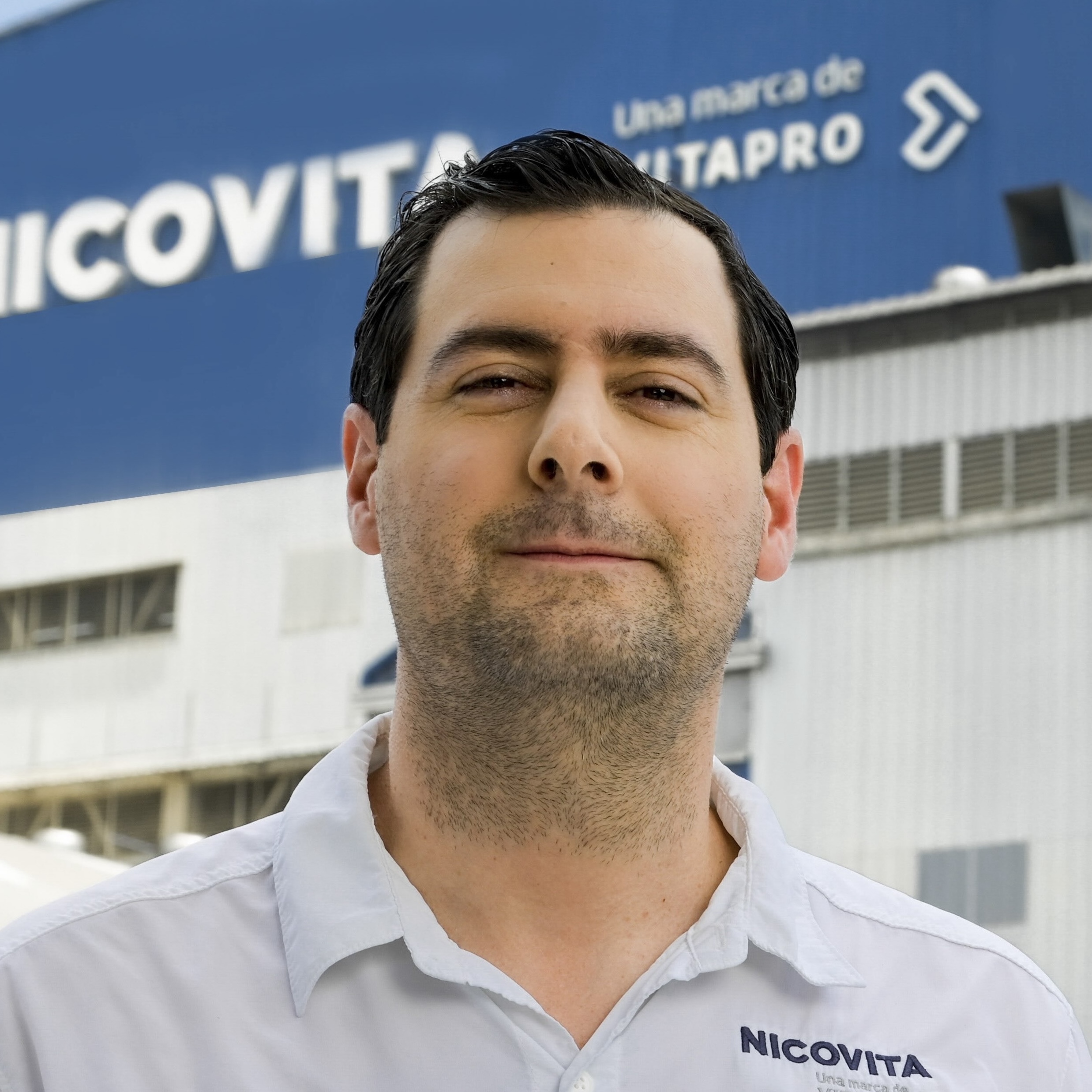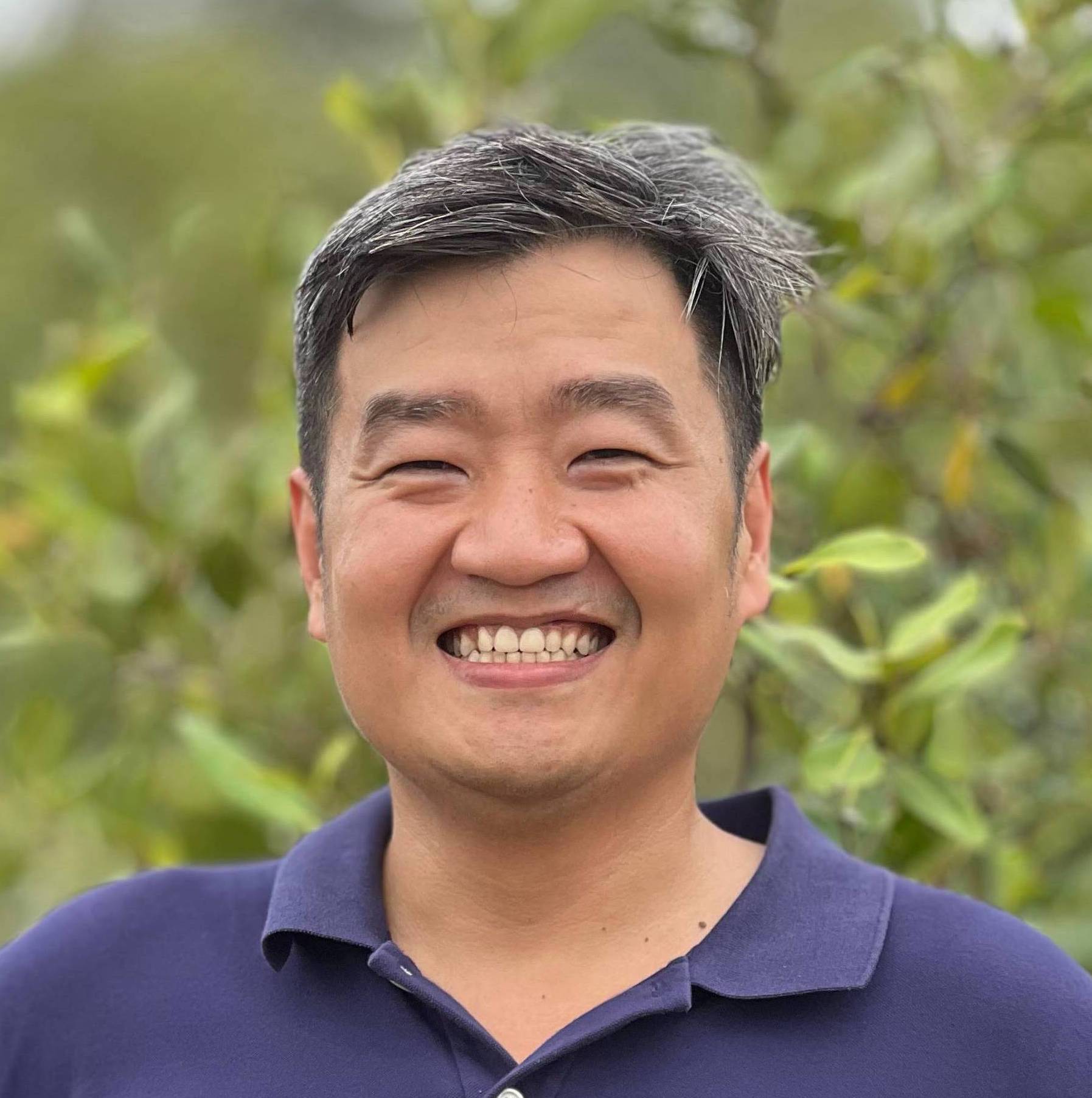Abstract
The global shrimp aquaculture industry is embracing innovative practices to enhance productivity, biosecurity, and sustainability. Among these, shrimp nurseries have emerged as a transformative tool, acting as an intermediary stage between hatchery-reared post-larvae (PL) and grow-out ponds. These facilities, designed to rear shrimp PLs for 25-30 days, offer significant advantages such as improved survival rates, disease management, acclimatization to farm conditions, and operational flexibility.
Shrimp nurseries can be indoor or outdoor, utilizing various designs and materials, and operate under controlled conditions to produce robust post larvae. Their strategic value includes better health screening, acclimatization to salinity, enhanced feed efficiency, and flexible stocking and harvesting schedules. The multiphase farming approach further optimizes production cycles, resource allocation, and economic efficiency.
The benefits are as follows:
- Proper seed screening and health management.
- Salinity acclimatisation which provides better survival.
- Reduction in days of culture (DOC) increases or doubles crop yields with better economies of scale. Shrimp can reach marketable size before white spot syndrome virus (WSSV) outbreaks.
- Better average daily growth (ADG) after post-compensatory growth. The caveat is genetics, stocking density, farming management and days of culture.
- Helps in combating summer stress, white gut, white faecal disease and running mortality efficiently.
- Stocking post larvae in nursery tanks to effectively manage the crop and also maintain positive cash flow management.
- Switching between black tiger and vannamei shrimp is flexible to meet production goals with changing demand.
Mayank Aquaculture Pvt. Ltd. (MAPL) in Gujarat, India, has pioneered an isolated multiphase shrimp nursery model, incorporating advanced water treatment systems and innovative rearing approaches. This model ensures biosecurity, reduces culture days, improves growth rates, and enhances survival rates. The nursery concept is particularly beneficial for regions with low success rates, such as Asia, where biosecurity and disease mitigation are critical.
While nurseries are not a universal solution, they serve as a valuable tool for farmers, enabling better crop planning, cost efficiency, and consistent success rates. For small-scale farmers, collaborative setups can make high-quality nurseries accessible. Ultimately, shrimp nurseries represent a promising approach to sustainable and profitable shrimp farming.













